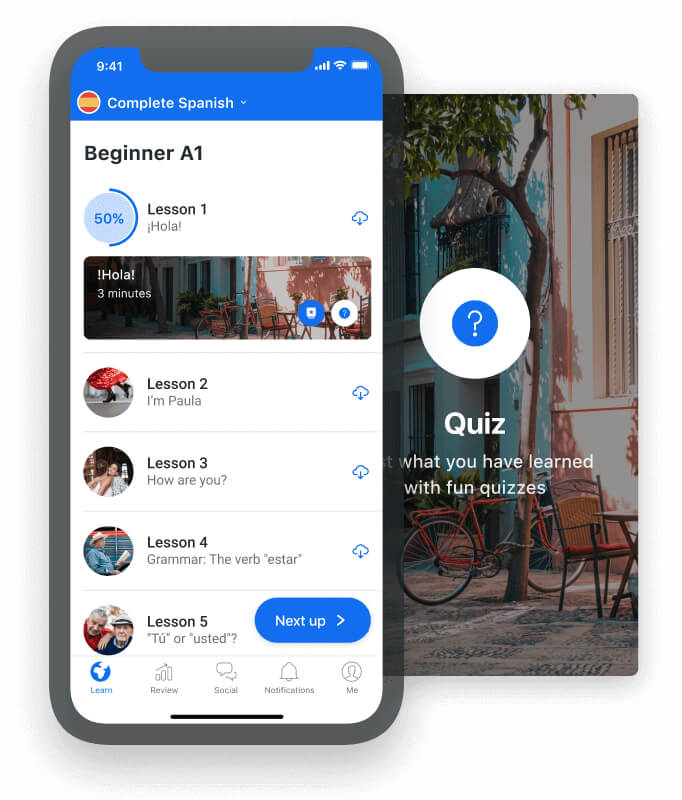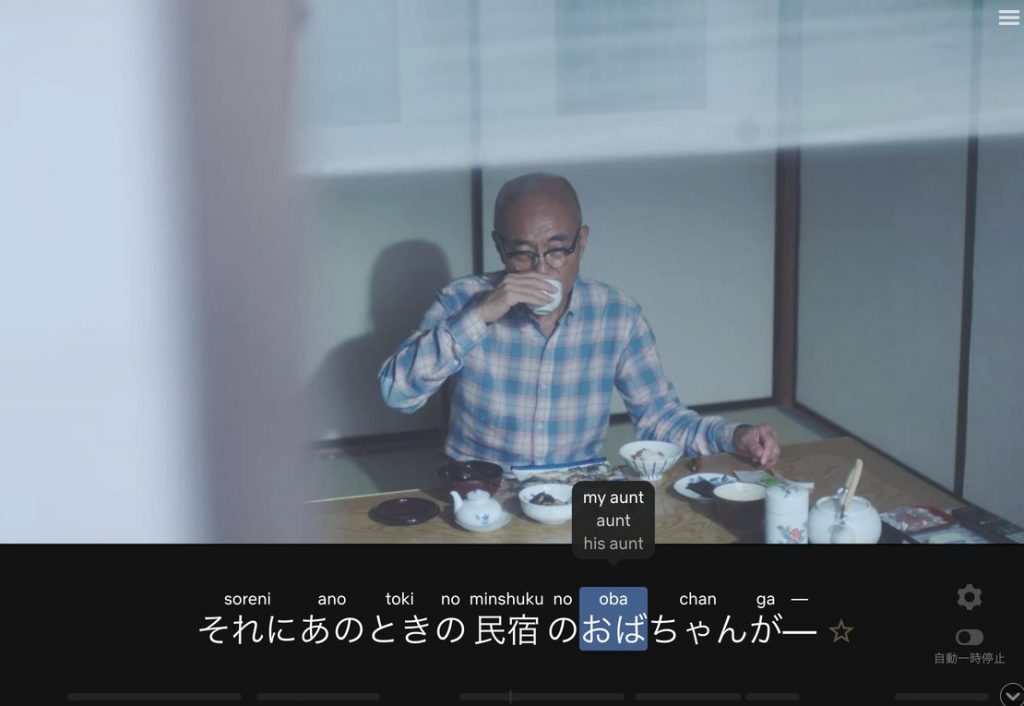As lockdown goes on, I continue in my personal mission to learn German and Japanese. Last week I had the very rewarding feeling of being able to understand most of the Easy German videos from A1 to B1. There are still some words missing, but damn it feels good to know what’s going on. If you’re learning a language and haven’t heard of Easy Languages, you’re missing out—they’re awesome!
Anyway, that’s only one of the many resources available. Actually, there are so many of them that simply choosing one is a daunting task in on itself. Before moving on, be aware I’m in no way sponsored by any of these apps or creators—these are just my personal preferences.
So, here are my picks!
Busuu
Like Duolingo but more structured towards proficiency levels and more grammar intensive. They don’t use their own progression scale, but the actual levels for the language you’re studying, i.e. N5 to N1 for Japanese, A1 to C2 for German, etc. Additionally, the app have a reviews system powered by spaced-repetition, a community feature so native speakers correct your exercises, and a lot more.

Easy Languages
Immersion is how you get past advanced-beginner. Easy Languages is a YouTube channel dedicated to interviewing people in a target language, supplemented with subtitles in that same language and English. They also have grammar lessons for beginners, intermediate, and even advanced learners. Even Luca Lampariello himself, a famous polyglot blogger, uses their videos as an example of how to learn languages from YouTube. For me, this channel is an absolute godsend.

Pimsleur
Pronunciation is key to stand out from other fluent speakers. In languages like Spanish and Chinese, pronunciation and inflection can determine whether you’re saying one thing or another. Pimsleur, is an audio course which, while dated af, will leave your pronunciation like a sharpened sword. I prefer this one over Michel Thomas since it’s more focused on pronunciation. Also, none of these resources will make you fluent by themselves, so setting expectations is important.

Tofugu and WaniKani
As they say, Japanese is easy to speak, but a nightmare to write. I can certify that it is true, and I put the blame on Kanji a hundred percent. But fear not, WaniKani, a spaced-repetition app that seeks to teach you thousands of Kanji and vocabulary words in the span of a year, comes to the rescue. Also, there’s Tofugu, a website from the same creators with countless articles on grammar, culture, and learning shortcuts. They even have a complete “Teach Yourself Japanese” plan.

Language Learning with Netflix (LLN)
Last but not least we have a Chrome extension that “augments” your Netflix watching experience. LLN takes Netflix’s subtitles and makes them clickable so you can see the definitions. It also provides navigation shortcuts, for example, pressing the down arrow key will repeat the section of the video, left and right go back and forth through the subtitles, and a lot more.

And that’s it from my fave language learning tools and resources. Do you have any favorites? What are your thoughts on Duolingo? 😄
Share this